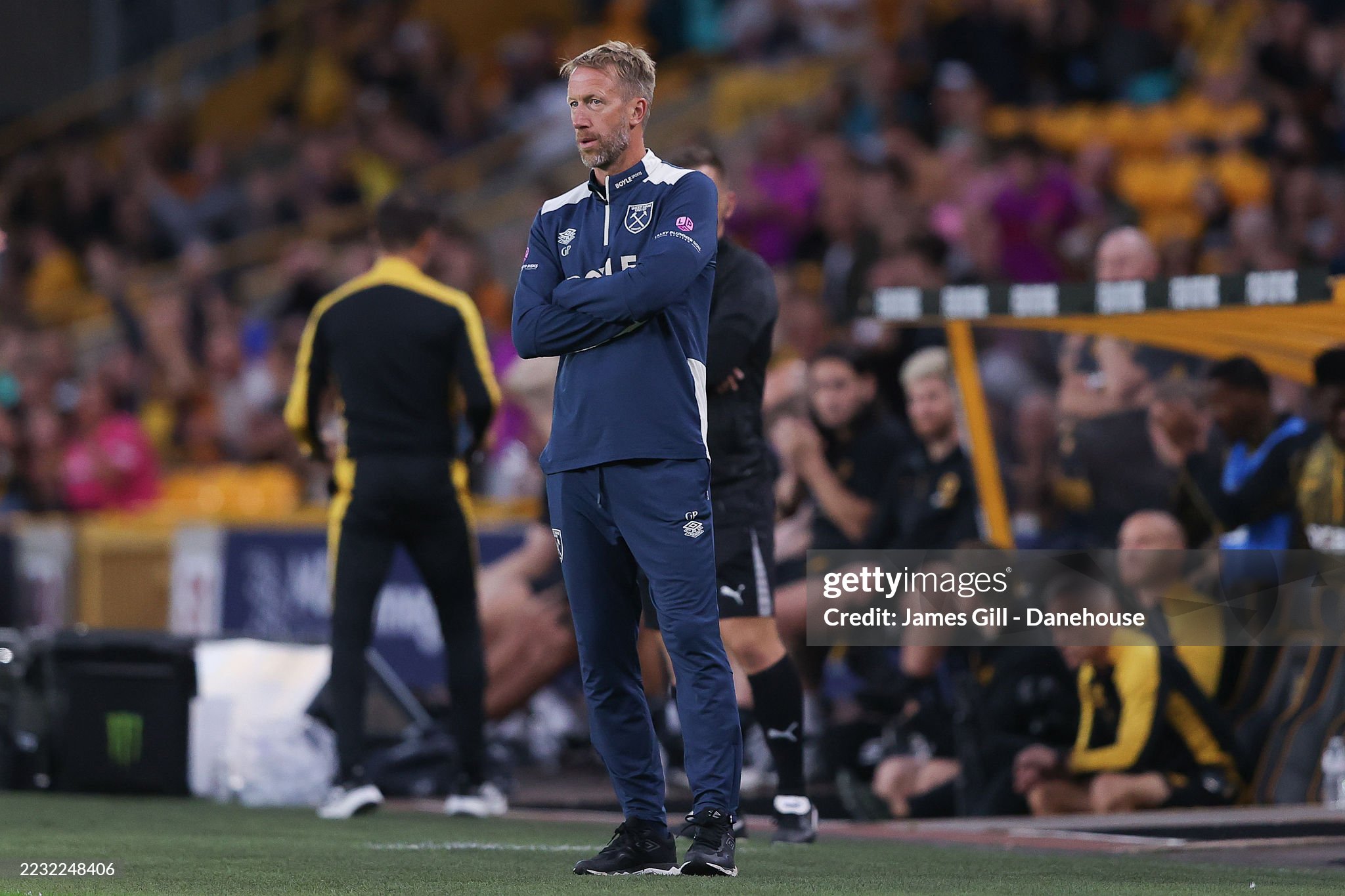Apart from Baena, considered a strategic signing since January, a long list of names were in play before shaping the current project: Cuti Romero, Xavi Simons, Frattesi, Kubo.
Atlético Madrid experienced a transfer window filled with parallel stories, failed negotiations, and opportunities that slipped away, leaving behind the lingering thought that the team could have looked very different.
For every player presented at the Metropolitano, there were several others who had been considered. Some were priority targets Simeone desperately wanted, others were impossible dreams, some depended on how the market unfolded, a few emerged as opportunistic openings, and many were alternatives or suggestions offered by agents. In the end, it was Juan Musso and Clément Lenglet who were signed just before the Club World Cup, joined this summer by Ruggeri, Pubill, Hancko, Cardoso, Almada, Raspadori, and Nico González. Alongside Álex Baena, who had been identified back in January as the major strategic signing for the club’s long-term future, they form the core of Atlético’s new project. But the reality could have been very different, as names like Agirrezabala, Cuti Romero, Theo Hernández, Renato Veiga, Xavi Simons, Frattesi, Lookman, and Kubo were all seriously evaluated and could have shaped a squad that never was but very nearly could have been.
Among all these names, Cristian “Cuti” Romero was the one Simeone desired most. Just as Baena represented the club’s statement signing, Romero was seen as the cornerstone who could transform the defense and elevate Atlético’s competitive level. Since November, when his agent Ciro Palermo visited Cerro del Espino to express the player’s willingness to move to Spain, Simeone believed the dream was within reach. But Tottenham, with Daniel Levy setting the price at seventy million euros, made the deal nearly impossible. Inside the Metropolitano there were those who argued that going up to fifty million plus add-ons was worth the gamble, while others insisted such figures were simply unsustainable for a central defender. In the end, sporting director Carlos Bucero had to manage the budget cautiously, and Romero never became one of the pillars of Simeone’s new project. For the coach, it was a disappointment, as Romero had been viewed as the “Julián Álvarez of the season,” a player capable of bringing both immediate impact and long-term value.
Another saga revolved around Dávid Hancko. Simeone had already admired the Slovak defender the previous summer, but Feyenoord rejected three offers and his move seemed definitively lost when he was later announced by Al Nassr. With Hancko gone, Atlético turned to Renato Veiga of Chelsea as a practical alternative. Yet the unexpected happened: a dispute between Hancko and the Saudi club brought him back on the market, undoing the Veiga deal almost overnight. Veiga eventually joined Villarreal, while Atlético were left scrambling to adapt their plans once again. The unpredictability of the market was also seen in the case of Javi Galán, who had already said his goodbyes ahead of a move to Nottingham Forest, only for Evangelos Marinakis to pull out at the last moment and instead sign Cuiabano.
If the defense and midfield were full of twists and setbacks, the search for a defensive midfielder finally found certainty. Since May, Cardoso had emerged as the priority to fill a role Atlético had been missing for years a dependable number five. The shortlist had included several notable options. Thomas Partey was considered a possibility as a free agent, but his exorbitant signing bonus demands quickly ruled him out. Davide Frattesi was admired but seen as nearly impossible to lure away from Inter Milan, fresh off a Champions League final. Sporting CP’s Hjulmand was also noted but carried the high price tag typical of Portuguese clubs. Even names like Samu Costa were floated. In the end, none fit the project as well as Cardoso, who quickly went from candidate to undisputed choice.
On the left side of defense, Atlético debated whether to lean on experience or take a risk on youth. Theo Hernández, once a colchonero, was considered, but his controversial past with the club and the potential backlash among fans ruled him out despite his proven ability. Lucas Digne, revitalized in the Premier League and back in the French national team, and Andrew Robertson, who after eight years as Liverpool’s starter now found himself rotating, were also explored as serious possibilities. But ultimately, 23-year-old Ruggeri’s youth, promise, and future resale value convinced Atlético to make him the final choice. It was a decision that reflected a long-term vision more than a short-term fix.
Looking back, it is easy to imagine a very different Atlético. A defense anchored by Romero, Theo Hernández on the left, Frattesi commanding the midfield, and Kubo or Lookman adding creativity in attack paints a picture of an alternate squad that never came to be. Instead, the reality is Ruggeri, Pubill, Hancko, Cardoso, Almada, Raspadori, and Nico González, with Baena standing as the flagship signing.
For Simeone and the supporters, there will always be the temptation to think about what might have been. But for the club, the summer of 2024 will be remembered not only for the players who arrived but also for the strategic choices that shaped the final outcome. Financial constraints, the realities of negotiating with tough sellers like Tottenham and Inter, and the unpredictability of markets influenced by Saudi Arabia all played their part. The Atlético that never was remains a memory of ambition and missed opportunities, while the Atlético that is will be judged, as always, on the field of play.







